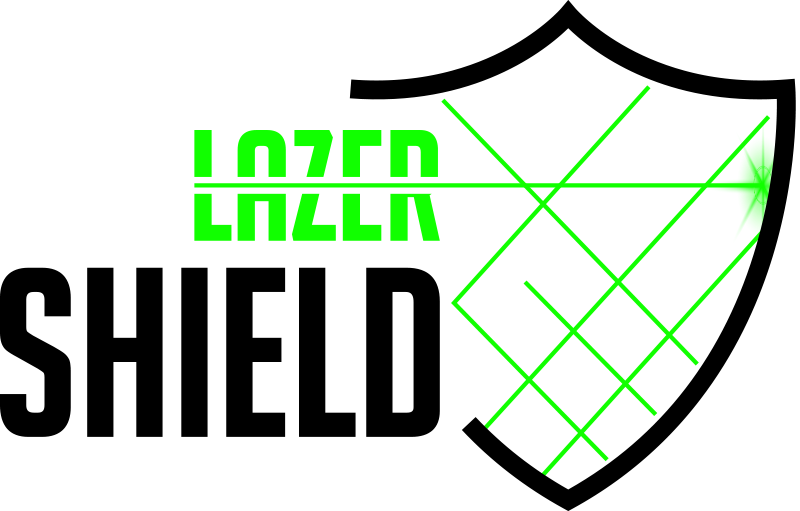Law Enforcement Laser Eye Protection
Which option is right for you?
By Kevin Smith - October 20, 2020

Law enforcement officers are facing an increasing threat from laser beam attacks. The officer can quickly become a victim if not properly protected. When selecting eye protection for law enforcement use, it is important to ask these questions.
1) What hazards do laser beams cause?
Laser beams can cause varying degrees of damage including distraction hazard, glare hazard, flash blindness hazard, and eye injury hazard. For reference, green and blue lasers can can eye injury hazard from distances as far away as 733 feet. Green lasers pose an additional threat as they also cause flash blindness hazards from 3,400 feet and glare hazards from 15,000 feet.
2) What laser beams are being used?
The most common laser used during protests is a green laser. The human eye is most sensitive to green colors, so green laser beams appear brighter at night, and are easier to aim. Green lasers have been documented to have been used in riots in New York, Chicago, Portland, Seattle, Los Angeles, Minneapolis, and many other cities. Blue and violet lasers are also popular due to their ability to be aimed from long distances. Red lasers are not as focused at long distances, and are harder to see at night or in bright sunny conditions. Most red lasers are approved for classroom use, and are difficult to aim from long distances. Most laser pointers are between 1 Watt to 5 Watts.
3) What happens when gas masks are used?
It is important to have proper eye protection with and without gas masks. Some eye protection can only be used when a gas mask is not being worn. When the officer must put on the gas mask, they may also have to remove laser eye protection.
This leaves the officer vulnerable to eye damage from laser beam attacks, which is a serious officer safety issue.
4) How is vision altered during night ops?
Most laser beam eye protection options use a tinted lens. Most riots occur during evening and night hours. Officer who wear tinted lenses for short periods of time at night have experienced eye strain and vision distortion. Officers who wear prescription eyeglasses also experience eye strain and vision distortion while wearing tinted lenses during nighttime operations. Tinted lenses can also cause depth of field and identification difficulties in dark conditions.
5) Is the laser beam eye protection designed for law enforcement?
Most laser eye protection is designed to be used indoors in a laboratory environment with ample lighting conditions. Law enforcement officers should choose eye protection against laser beams that will work in dark conditions while in a riot situation.
Proper eye protection for police officers should protect against lasers, impacts, chemicals, heat and fluids.
The Lazer-Shield is laser eye protection for law enforcement officers during riot situations.
- The Lazer-Shield effectively protects police officers from the growing threat of laser beam attacks during protests by reducing a green, blue or violet laser beam from 1 Watt to a harmless 1/1000 Watt.
- The Lazer-Shield can be installed onto, or used with any gas mask.
- The Lazer-Shield allows the officer to have a clear, unobstructed field of view at all times.
- The Lazer-Shield is impact resistant, chemical resistant, heat resistant, and fluid resistant.
For more information, pricing, or to request a sample of the Lazer-Shield, please visit our website.
Go Back